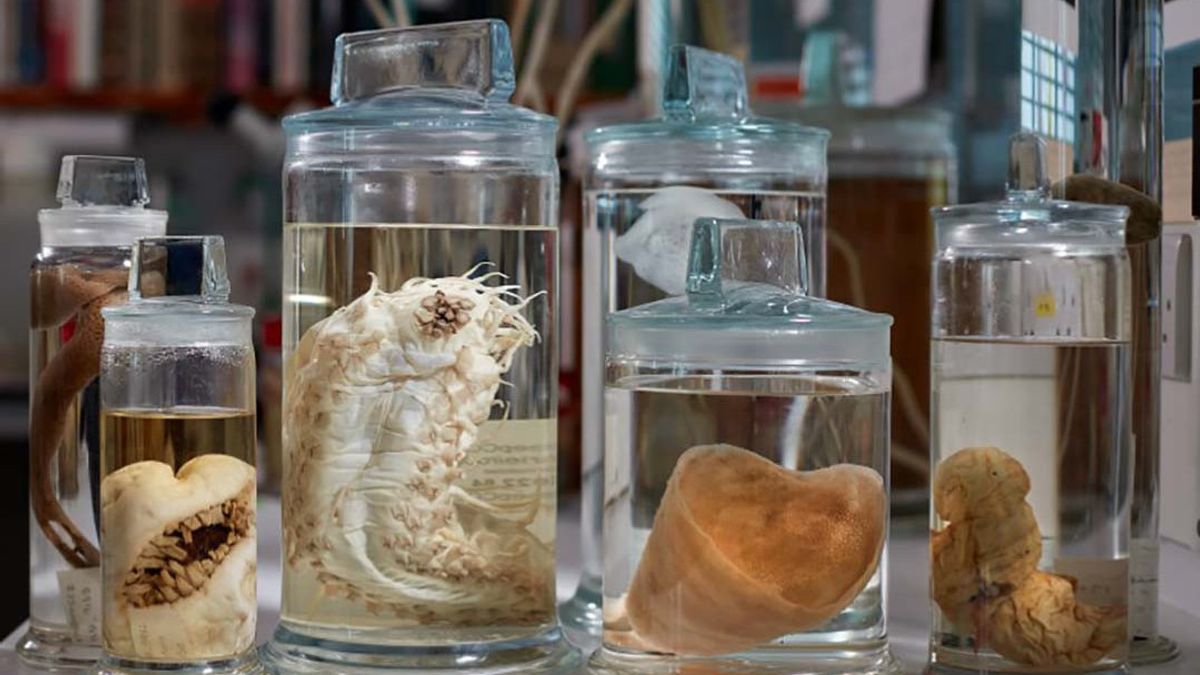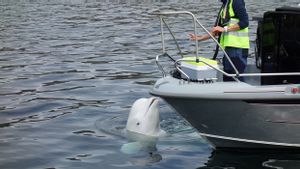JAKARTA - Biologists have discovered 5,578 different deep-sea species. which is estimated to be 88 to 92 percent new to science, in the Pacific Ocean area which is predicted to become a mining center.
The study identified various previously unknown species in the Clarion-Clipperton Zone (CCZ), including sea cucumbers, nematodes and carnivore sponges.
The area about twice the size of India's CCZ has been divided and given to companies for deep-sea mining in the future.
A team of biologists has created the first "CCZ checklist", by collecting all species records from previous research expeditions to the region and publishing their findings in 'Current Biology'.
"We share this planet with all this amazing biodiversity, and we have a responsibility to understand and protect it," explained Muriel Rabone, an internal marine ecologist at the Natural History Museum London, as reported by The National News May 25.
Over 5,000 metres below the surface, the temperature in the pitch-black hovers at just above freezing.Yet there is still ample life. Sponges sway on the slight current, worms burrow through the mud, and crustaceans scuttle along the surface 🦐 2/8 pic.twitter.com/nB6drIVYVB
— Natural History Museum (@NHM_London) May 25, 2023
Over 5,000 metres below the surface, the temperature in the pitch-black fever at just above freezing. Yet there is still simple life. Summers ray on the screen, wormholes narrow through the mud, and crude scene with the surface 2/8 pic.twitter.com/nB6drIVYVB
Covering six million square kilometers from Hawaii to Mexico, CCZ is one of the purest wilderness regions in the world's oceans.
To study it, researchers went to the Pacific Ocean in cruise ship research that used sampling techniques from technical ones such as remotely controlled vehicles on the seabed to simple ones, such as sturdy boxes that landed at the bottom, called "core samples".
"It's a big ship but it feels small in the middle of the ocean. You can see a storm coming; it's very dramatic," said Rabone.
"And that's amazing. In every sample of box cores, we will see new species," he said.
By studying more than 100,000 records of creatures found in CCZ taken during this deep-sea expedition, Rabone and his co-authors found only six new species found in CCZ including sea cucumbers, nematodes, and carnivorous sponges that had been seen in other areas before.
They found that around 90% of all species in the #DeepSea mining zone are currently unnamed.Now context is important here, as this stat is around the same for most of the oceans in general, and some of the species may be unnamed but not new to science. But... 5/8 pic.twitter.com/PlP00CJPGw
— Natural History Museum (@NHM_London) May 25, 2023
They found that around 90% of all species in the #DeepSea mining zone are currently unknown. Now context is imported here, as this stat is around the same for most of the oceans in general, and some of the species may be dynamic but not new to science. But... 5/8 pic.twitter.com/PlP00CJPGw
They also found that the most common types of animals in CCZ are arthropods (invertebrates with segmented sections), worms, eCHinodermata (trianism invertebrates such as pig hair) and coral flowers.
"There are some amazing species there. Some sponges look like classic bath sponges and some look like vassels. They are very beautiful," said Rabone.
"One of my favorites is a glass sponge. They have these tiny spines and under the microscope, they look like small hangout lights or small statues," he continued.
The team has stressed the importance of enhancing cohesive, collaborative, and multidisciplinary research at CCZ, to gain a deeper understanding of the biodiversity of the region.
SEE ALSO:
They also underlined the importance of learning more about newly discovered species, as well as how they connect with the environment around them.
In addition, they urged researchers to investigate the biogeography of the region to better understand, for example, why certain species cluster in certain geological areas.
"There are so many amazing species in CCZ, and with the possibility of shadowing mining, it is very important for us to know more about this truly unstudied habitat," concluded Rabone.
The English, Chinese, Japanese, Arabic, and French versions are automatically generated by the AI. So there may still be inaccuracies in translating, please always see Indonesian as our main language. (system supported by DigitalSiber.id)

















